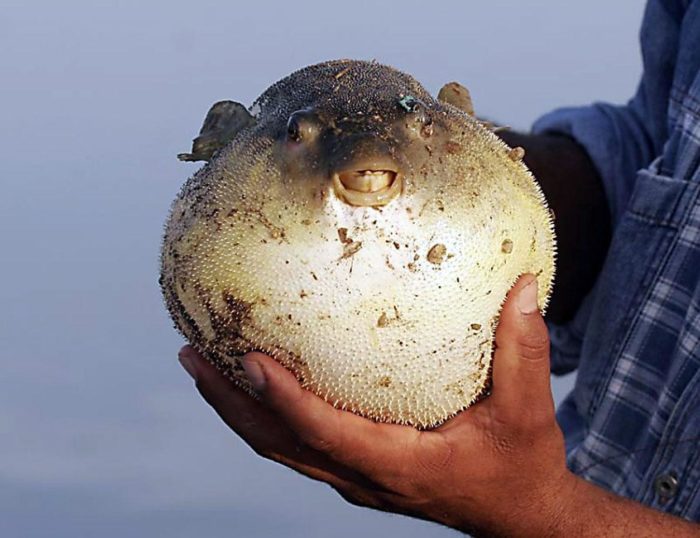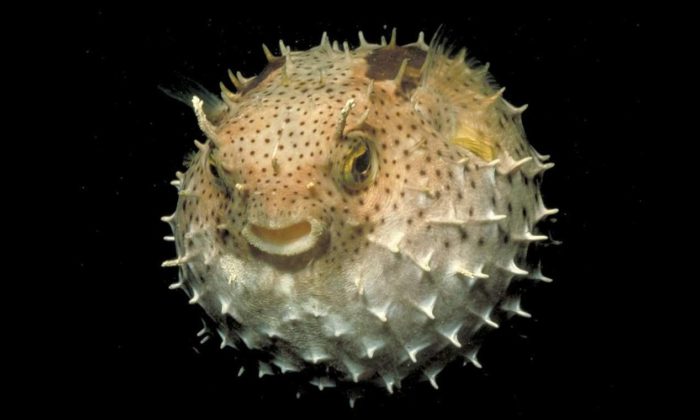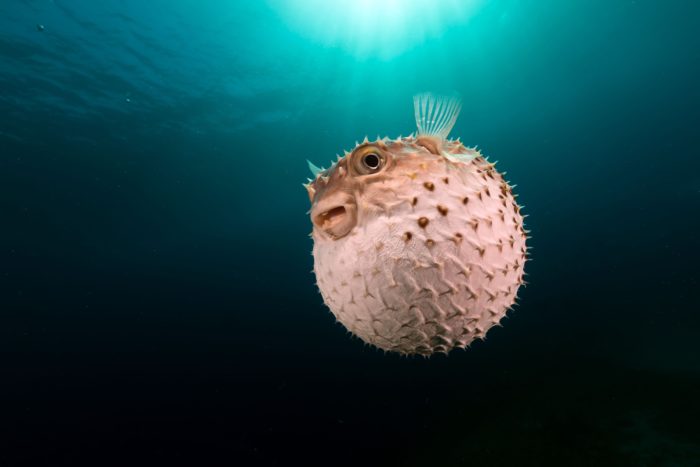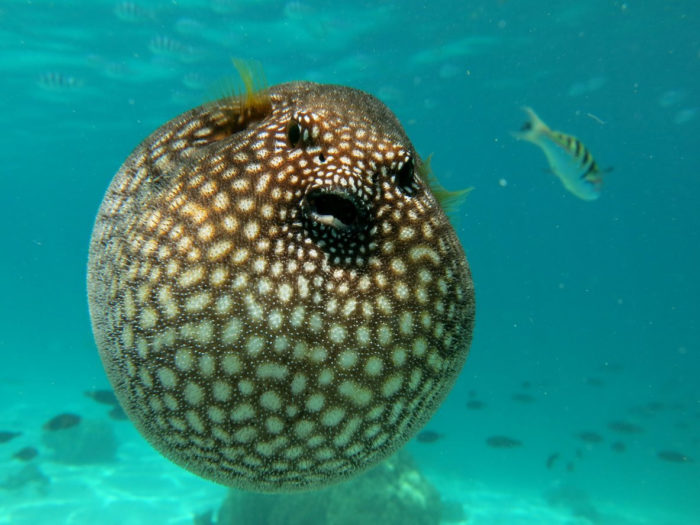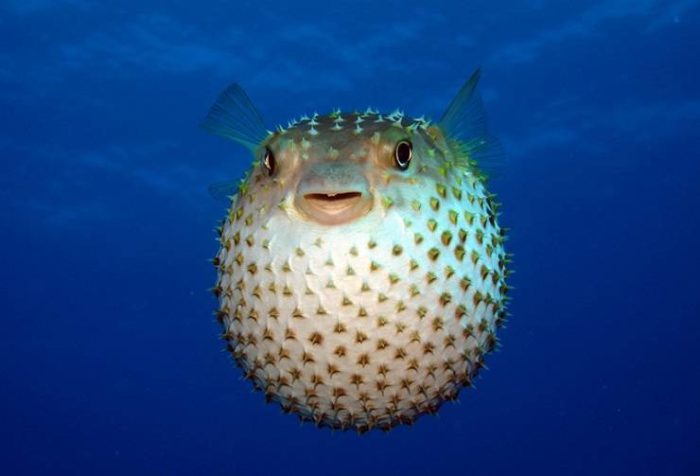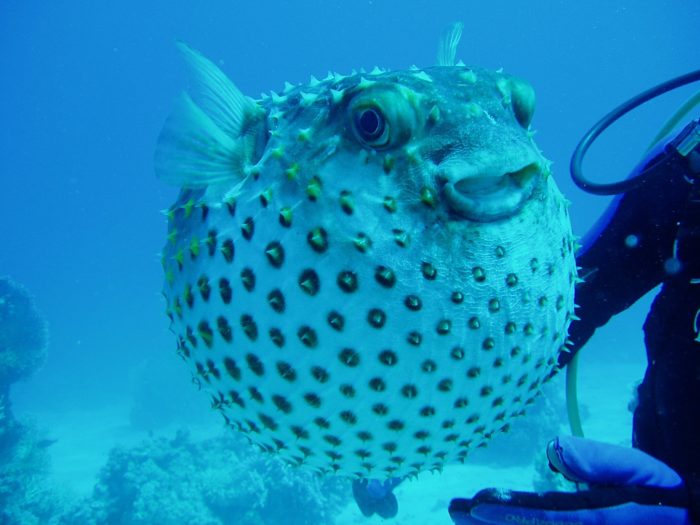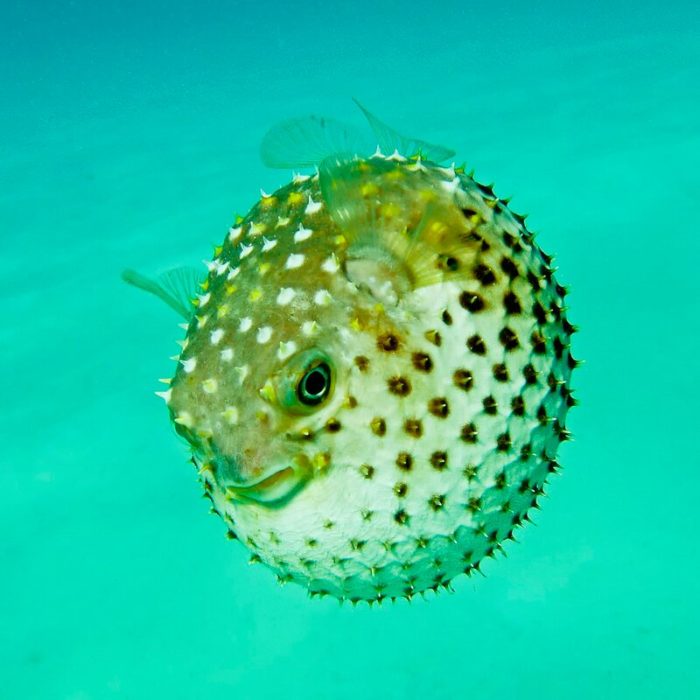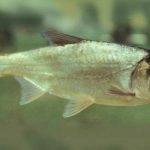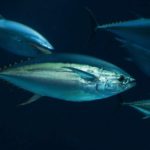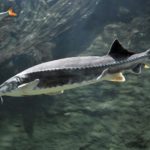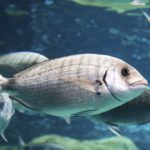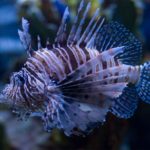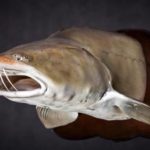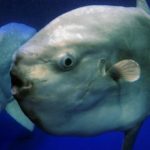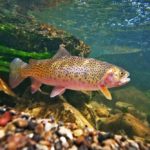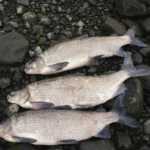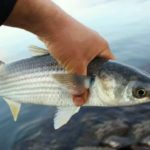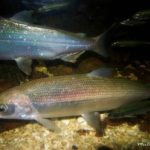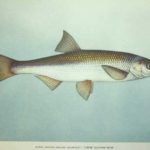The ball fish is one of the most interesting species of fish that lives in tropical and subtropical waters around the world. Its unique appearance and amazing behavior attract the attention of researchers and lovers of marine fauna. The fish got its name due to its round shape, reminiscent of a ball. It also has the amazing ability to camouflage itself and pretend to be other fish species to evade predators.
- What kind of fish is this
- How does she look
- Are there any enemies?
- Behavior in the natural environment
- Varieties
- Leopard
- Zebra
- Kutkutya
- Fahaka
- Green
- Dwarf
- Gold
- Reddish
- Is it possible to keep at home
- Which aquarium to choose
- How to arrange it
- What to feed the fish
- How to propagate
- Possible diseases
- Is it possible to cook ball fish?
What kind of fish is this
The ballfish is an unusual member of the pufferfish family, whose scientific name, tetraodon, comes from a combination of two words: “tetra,” meaning four, and “odontos,” meaning tooth. This is due to the presence of four hard teeth-like plates on their jaws.
They mainly live in tropical Pacific and Atlantic waters. Some species can be found in different types of waters: freshwater, brackish and salt. These fish, which inflate when threatened, prefer dense areas of coral and other vegetation, where they live either by themselves or with several other fish.
How does she look
The ball fish is shaped like a teardrop, with a large head and a tapered tail. It has eyes that are spaced far apart and can move independently of each other, allowing the fish to remain still while it explores its surroundings.
She has no scales. In general, it is a hedgehog-like creature covered with small spines. When it puffs up due to fear or stress, these spines provide additional protection, stopping any predators from eating this spiny fish.
The size of Tetraodon can vary from 4 cm to 70 cm. On the back there is an extended fan-shaped fin located closer to the tail, while the ventral fins are completely absent. The color usually consists of yellow-green-brown shades, but other tones are sometimes found.
Are there any enemies?
Tetraodon is a spiny fish with several defense mechanisms, such as toxicity and the ability to inflate like a round ball when threatened. This solitary creature has no other natural enemies except humans.
Fugu fish, a species of tetraodon, is a popular delicacy in Japanese cuisine; however, it is extremely dangerous because it contains tetrodotoxin, which causes paralysis of muscles, including the heart muscle, and death from cardiac arrest. Despite this risk, people still eat this fish - up to sixty percent of those who cook it themselves end up dying from poisoning. To ensure safe handling of this fish in Japan, chefs must undergo special training and obtain a license before they can serve it.
Behavior in the natural environment
The peculiar protective mechanism of the ball fish is quite remarkable. When threatened, this fish is able to take on water and inflate its body into a spherical shape, reminiscent of a round balloon. She has special bladders that she fills with water, which allows her to grow several times her original size and scare away predators. In addition, many species of pufferfish are toxic due to their tetrodotoxin content. This element can be fatal if ingested by an animal.
Varieties
The spiny tetraodon family contains more than a hundred species, all of which are the result of natural evolution and have never been modified by selective breeding. Popular species of non-toxic aquarium pufferfish kept as pets include the following eight members.
Leopard
This inflating creature with a yellow body decorated with black spots lives in the lower reaches of the Congo River. The shade of its abdomen is lighter. This species can reach sizes up to ten cm.
Zebra
This fish is easily found in the central and northern parts of the South American continent.Its color varies from yellowish-green to dark green, with wide stripes of some dark color along the body. The underside of the body is white. When kept in an aquarium, it usually grows to six to eight centimeters in length, and the entire body is covered with small spines.
Kutkutya
Females have a yellow body tint, while males are green. The back of this conditionally poisonous fish is olive or dark green in color, and its lower part is usually grayish-white. In addition, the overall coloration contains dark blotches or a mesh pattern. During mating season, males will also have a bright red stripe on their tail. They grow up to eight to ten centimeters in size.
Fahaka
This is a rather large and very bright tetraodon that lives in the Nile basin. Its body is elongated with small translucent fins. Color: pale brown with white stripes along the entire length; it has a yellow belly and a large yellow spot on its belly. It reaches 50 cm in size.
Green
This species is native to Southeast Asia and is easily identified by its yellow-green coloration with black spots and stripes on its sides and back. The underside of these fish is white. In aquarium conditions they usually grow to 12-15 cm in size.
Dwarf
It lives in the freshwater regions of the Hindustan Peninsula and usually has a green or brownish-yellow hue. It is quite small, measuring about three centimeters in length.
Gold
This species is distinguished by its round body shape even in a calm state, which distinguishes it from other members of the family. The dorsal fin is sharply pointed, and the body is a golden-green hue with a light white coloring on the underside. It sometimes reaches ten centimeters in length.
Reddish
The body is elongated and the head is large. The mouth is located relatively high. The color of the fish is gray-brown with dark stripes along the body, and the abdomen acquires a yellowish tint with veins. When mating or in a state of fear, it even appears reddish. It reaches fifteen centimeters in length.
Is it possible to keep at home
Actually, Tetraodon is a marine fish that usually lives in the open ocean. Due to its characteristics and requirements for living conditions, not all aquarists allow themselves to keep this fish at home. Ball fish requires spacious reservoirs with crystal clear and warm water, as well as a special water filtration and aeration system. In addition, it is a predator and will attack other fish if it has enough room to maneuver. In this regard, it is recommended that only experienced aquarists with a large aquarium and relevant knowledge and experience in caring for this aquatic inhabitant should keep ball fish.
The lifespan of Tetraodon in captivity is 5-10 years. It is not wise to make your fish afraid by causing it to pout, as this will cause it a lot of stress and will be detrimental to its health.
Pufferfish are incompatible with other fish species. He will eat the small ones and fight with the larger ones. In addition, they are capable of nibbling the fins of brightly colored or long-tailed fish. It is best to keep Tetraodon in a species aquarium. Additionally, these fish should not be kept with snails or shrimp, as these are their natural prey in their natural habitat.
Which aquarium to choose
The shape of the aquarium for the ball can be any, but it is recommended that there be a lid on top, since the fish are prone to jumping.The volume for dwarf tetraodons should be at least fifteen liters per fish, while larger ones require up to one hundred liters.
Round fish consume a lot of food and, accordingly, produce a large amount of waste; Therefore, external filtration is required with a capacity of seven to ten times the aquarium volume per hour.
If there are more fish in the aquarium, then aeration is also necessary. For optimal lighting conditions, provide 40-60 lumens per liter using cool-range fluorescent or LED bulbs. The duration of light during the day should last ten to twelve hours for these fish.
The pH (acid-base balance) should be in the range of 6-8.2, and the hardness should be in the range of 1.3-8.8 °F. The water temperature should be maintained at 20-27 °C. Some species require salt water; Regular table salt or bath salt won't work, so use aquarium sea salt from a pet store instead. The salinity of the water is increased gradually.
The cost of these unusual fish ranges from 200 to two and a half thousand rubles, and they can be purchased both in pet stores and online.
How to arrange it
The soil and decorative elements should not have sharp edges, as fish can chew them, which will lead to injury. In addition, their skin is very delicate. The substrate must be dense enough so that waste does not accumulate inside it. These types of fish prefer a sense of privacy, so it is worth using plants and decorations to create secluded places for them. Stones, driftwood and ceramic elements are ideal. To form natural thickets, it is permissible to place plants more densely.
Once a week it is necessary to replace one fourth of the water in the aquarium, while always adding salt. In addition, any waste found on the bottom should be removed as it will lead to contamination and acidification of the water, which is not good for the fish.
What to feed the fish
The diet of ball fish in nature usually consists of snails and shells. Their teeth are constantly growing, so it is important to give them things to chew on, otherwise they will get sick and lose their appetite. Avoid feeding live food from natural waters as it may be contaminated with diseases or parasites.
As an alternative, it is allowed to feed them frozen food, sea fish and shrimp meat, and boiled pieces of liver. If you see that the fish are consuming plants in the aquarium, then adding vegetables to their diet will be beneficial.
Dry food should not be given, as this can cause illness or death of the fish. Feeding should be done once a day for two minutes; more than that is too much for them.
How to propagate
Some tetraodons are not bred in captivity; they are obtained by catching them from their natural habitat.
These fish are ready to breed at the age of one year. It is best to keep breeding Tetraodons in a separate one hundred liter aquarium, which has plants and hiding places for the two potential parents. If you have a larger aquarium, it is acceptable to keep two females and one male, but it is not recommended to keep two males in the same aquarium, as they will fight for territory and mates, which usually leads to death.
To cover the day in a breeding tank, Java moss is ideal.To stimulate spawning, feed them shellfish or meat and raise the water temperature to 27-30 degrees Celsius.
When two fish mate, they usually follow a certain pattern of behavior. The male pursues the female for a long period until both come to an understanding. They will then go to a secluded area where the female will lay eggs, which will be immediately fertilized by the male. She lays up to five hundred eggs at a time.
The male himself looks after the eggs for eight to ten days until the fry are born. After this, it is better to remove the parents from the aquarium, as they are able to mistake the offspring for food.
All pufferfish babies have a shell, but at about a month of age it disappears, and spines begin to grow in its place. At this stage, young fish differ from adults only in size and bright coloring.
For the first few days of life they should be fed live dust, worms and a puree of boiled egg yolk. After a period of one to one and a half months, daphnia and ciliates are added to their diet.
Possible diseases
Tetraodon diseases will have to be dealt with quickly, since delay in treatment will lead to the death of the fish. The most common ailments are:
- Anoxia – lack of oxygen; symptom – rapid breathing movements and open gills; the fish should be transferred to another aquarium rich in oxygen, the water should be changed or aeration should be turned on.
- Colds - due to low air temperatures, fish become lethargic and lifeless.
- Chlorine poisoning is caused by deterioration in water quality, the fish become inactive and lose their appetite.
- Fungal diseases - growths appear on the skin of fish.The fish should be placed in a separate aquarium, the water should be changed, and everything with which the infected individuals have been in contact should be disinfected.
- Digestive system disorders are a predator that needs animal food, otherwise it may even die.
Is it possible to cook ball fish?
Experts do not recommend cleaning puffer fish yourself, as it contains poisonous tetrodotoxin, which is deadly to humans. If you still want to cook such fish, then it is best to turn to professional chefs with experience and knowledge of how to properly clean and cook it.
As for the most poisonous parts of tetraodon, these are the liver, ovaries and tongue of the fish. For safe consumption of fish, it is recommended to buy carcasses only from trusted suppliers and restaurants that are licensed to work with this fish.
Poisoning from this fish is called tetrodotoxicosis and can lead to serious health problems, including paralysis of the respiratory muscles, loss of consciousness and death. Tetraodon venom is one of the most powerful in the world. If the fish is not cooked correctly, the poison will remain in the body and cause poisoning.
Symptoms of fish poisoning include headache, nausea, vomiting, dizziness, loss of sensation and muscle weakness. If such symptoms appear, you should immediately seek medical help.

